In light of the recent release of the Barbie movie, we find it intriguing to delve into the history of this cultural icon, which served as the inspiration for the film.
Thus, we present to you 8 controversial facts about Barbie, the preeminent and internationally acclaimed doll that has left an indelible mark on the world.
1. ‘How To Lose Weight, Don’t Eat!’
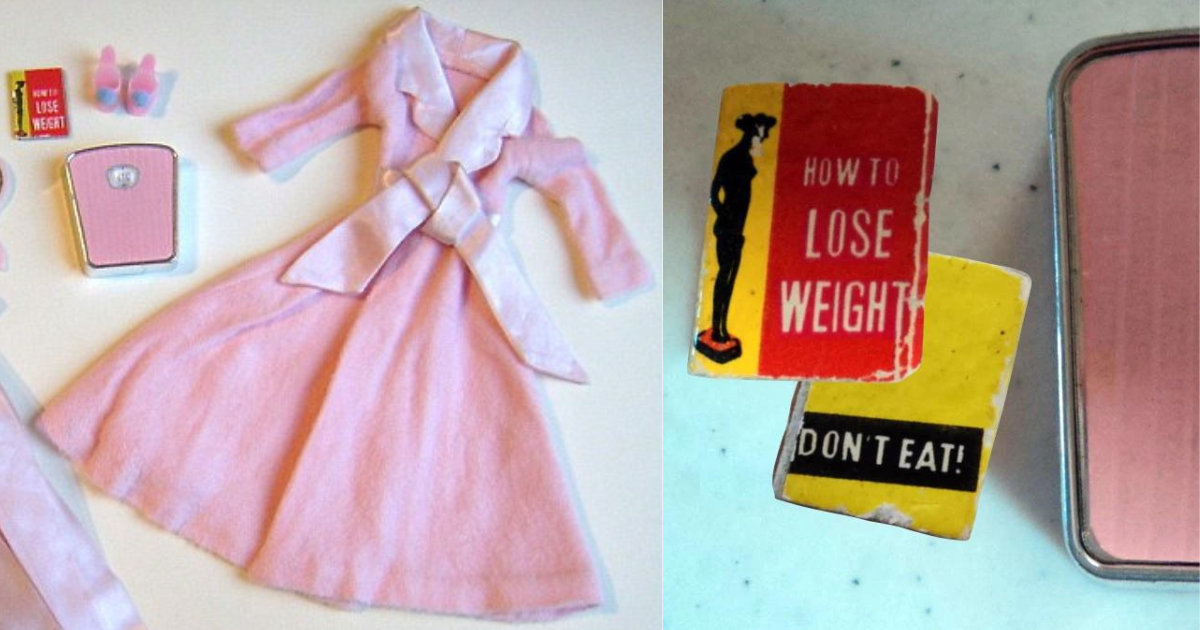
Early Barbie dolls faced criticism for promoting an unrealistic and unhealthy body image.
In 1963, the outfit “Barbie Baby-Sits” came with accessories, including the infamous “How To Lose Weight” book.
The same book was also included in the outfit “Slumber Party,” which featured a pink bathroom scale reading 110 pounds or 49kg. Considering Barbie’s height of 5’9″ or 175cm, she would fall under the underweight category for an adult of her height.
2. Controversial pregnancy
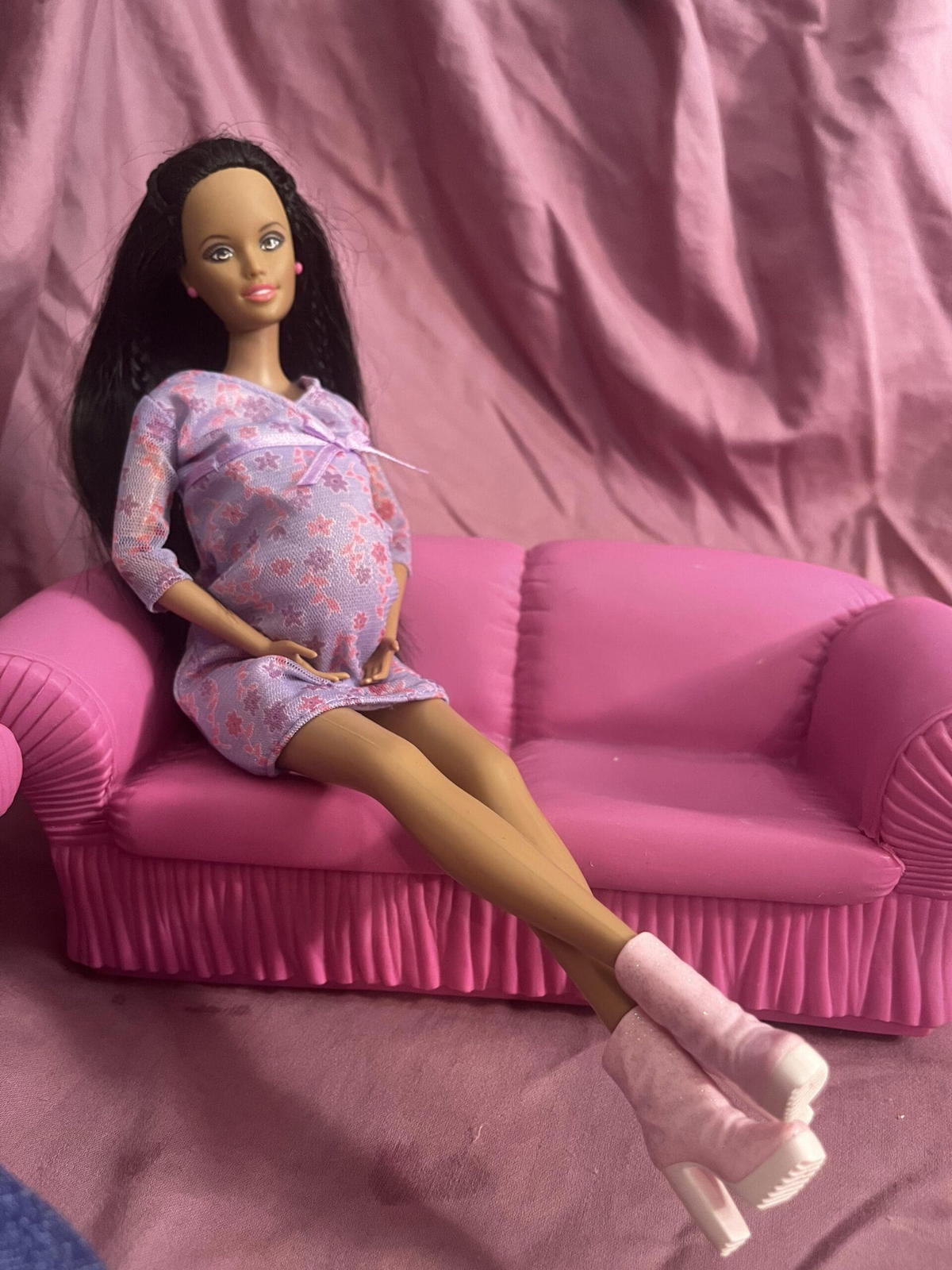
Midge, Barbie’s best friend, was introduced in 1963. According to Barbie lore, she later married Allan and had a son called Ryan.
In 2002, Mattel brought a version of Midge to the market who was pregnant with a second child named Nikki. The “Happy Family” doll had a wedding ring and a removable stomach that popped out a baby when opened.
However, many shoppers felt that it endorsed teen pregnancy, and there were concerns about the message it sent. As a result of complaints, the doll was pulled from Wal-Mart shelves and later redesigned without the pregnant belly.
3. Barbie bans
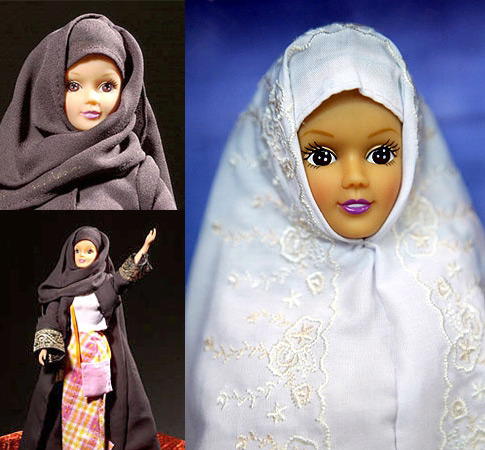
Barbie has faced bans in various countries due to cultural concerns.
Saudi Arabia temporarily banned the sale of Barbie dolls in 2003. The Saudi Committee for the Propagation of Virtue and Prevention of Vice considered the dolls’ revealing clothes and “shameful” postures as a symbol of Western decadence.
Similarly, Russia temporarily banned Barbie sales in the early 2000s due to concerns over the negative influence on children. Iran permanently banned the sale of Barbie dolls, deeming them incompatible with the country’s values.
4. This ultimate collector owns 15,000 Barbies
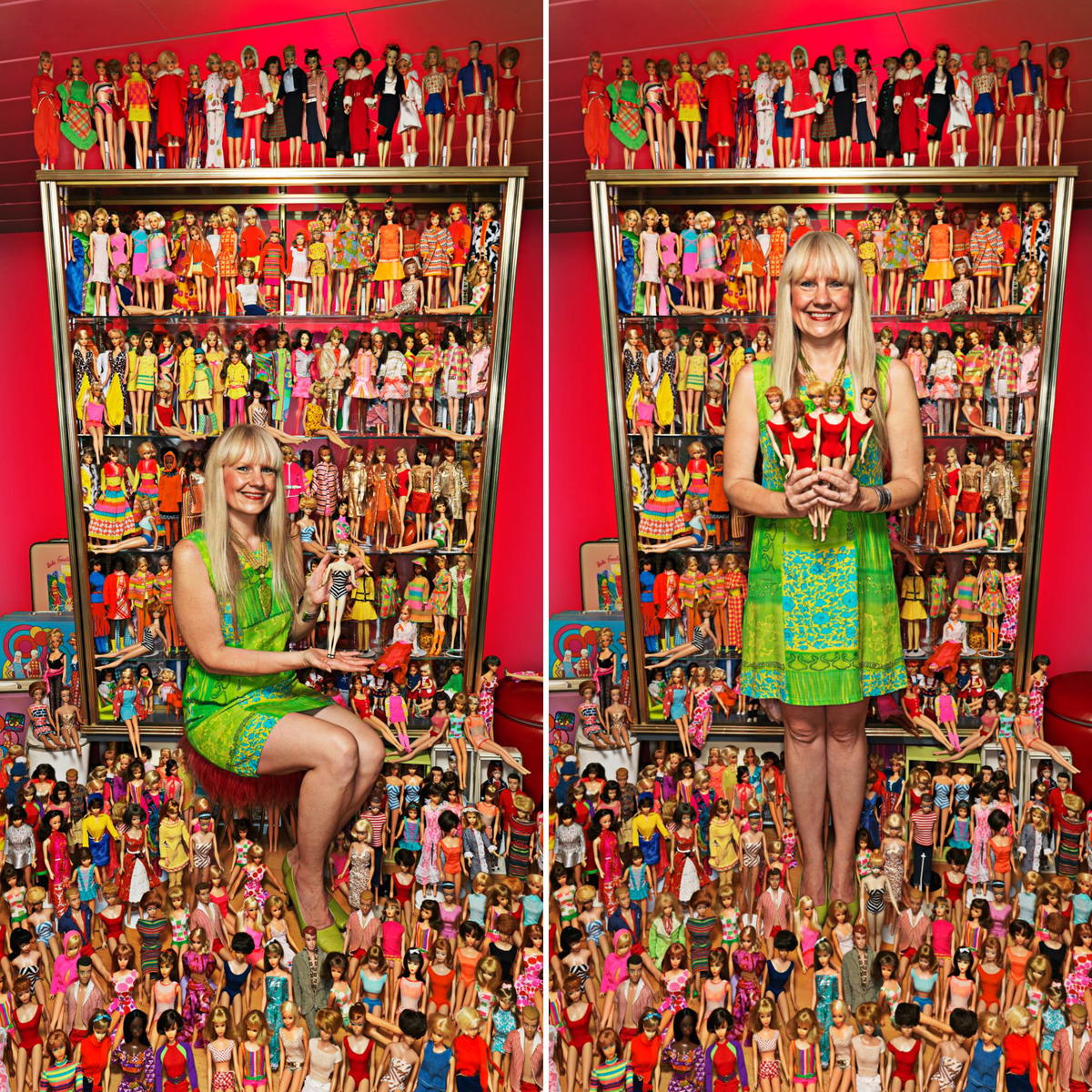
The biggest known collector of Barbie dolls in the world is German fan Bettina Dorfmann.
She has an astounding collection of over 15,000 Barbie dolls. Besides being a collector, Bettina also operates a doll hospital from her home.
5.Barbie was inspired by R-Rated German doll named Lilli

Barbie’s creation was inspired by the Bild Lilli doll, based on a character from a German comic strip.
Lilli was initially marketed to adult men as a novelty gag gift due to her provocative appearance and saucy personality. However, Lilli became popular among children, leading to the production of toy accessories to cater to this new market.
Barbie’s creator, Ruth Handler, came across the Lilli doll during a trip to Switzerland in 1956. She purchased three Lilli dolls and used them as inspiration to create Barbie.
Barbie was officially launched on March 9, 1959, and quickly became a massive success. Mattel later acquired the rights to Bild Lilli and stopped production of the Lilli doll.
6. The engineer behind Barbie

Jack Ryan, an engineer who previously worked at Raytheon, played a pivotal role in designing Barbie’s unique features. When Ruth Handler lured him away from his job at Raytheon in 1955, he became the Head of Research and Development at Mattel.
Ryan remained with Mattel for 20 years, but in 1980, he sued the company for nonpayment of royalties amounting to millions of dollars. The case was settled out of court, and Ryan ended his association with Mattel.
7. Unrealistic body standards
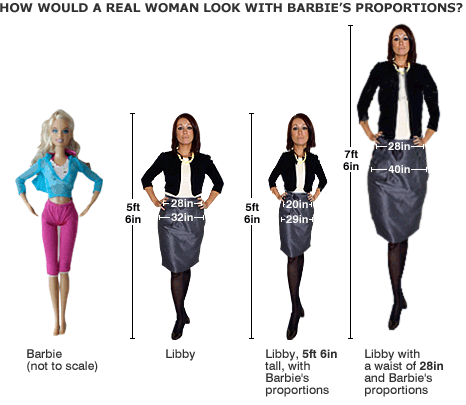
Barbie has long faced criticism for her unrealistic body proportions.
A standard Barbie doll stands at 11.5 inches tall, which, when scaled to human proportions, would make her approximately 5’9″. This height is above the average for American women and Asian women, even.
Additionally, researchers from Finland’s University Central Hospital found that if Barbie were life-size, she would lack the 17-22% body fat required for women to menstruate.
8. Earring Magic Ken: ‘Gay’ Ken
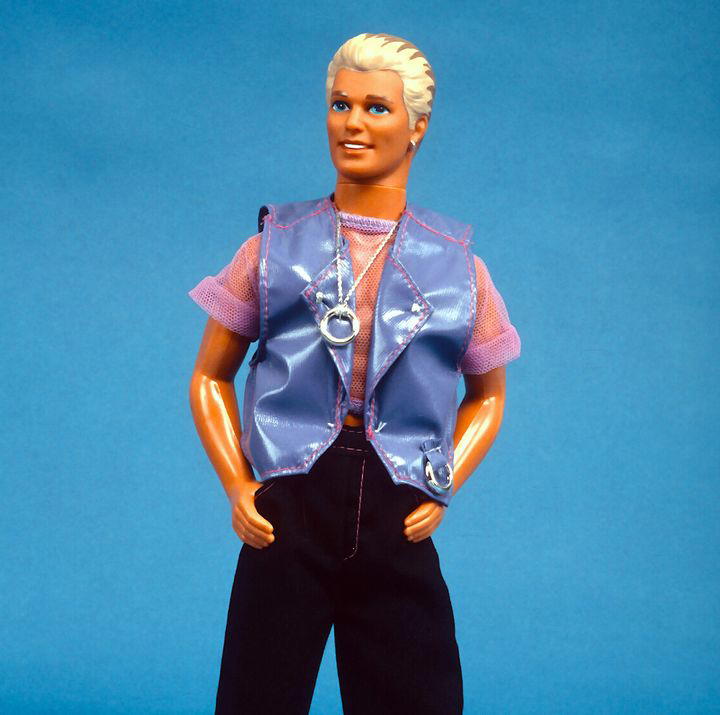
In 1993, Mattel introduced “Earring Magic Ken,” a doll with a fashionable outfit featuring a lilac mesh T-shirt, pleather waistcoat, and high-waisted trousers.
The doll’s unique accessories, like a sparkly earring and an eyebrow-raising necklace charm, sparked jokes and led to the nickname “Gay Ken” or “Fey Ken.”
Some reports suggested that Mattel aimed to make Ken more appealing to both boys and girls, while others speculated that the doll was an attempt to revitalize Ken’s declining popularity.
Mattel’s director of media relations at the time, Donna Gibbs, emphasised that the doll’s appearance was meant to be contemporary and in line with changing fashion trends, as many men were wearing earrings.
However, despite the effort to modernise Ken’s image, Earring Magic Ken was discontinued just six months after its release.
READ ALSO:



